In today’s digital age, where online presence reigns supreme, the importance of web design ethics cannot be overstated. Every click, every interaction, is imbued with implicit trust – trust that the website will protect user data, convey accurate information, and uphold transparency. In this era of rampant misinformation and data breaches, users are becoming increasingly vigilant about the platforms they engage with. Therefore, as web designers, it’s not just about creating visually stunning websites; it’s about fostering trust and transparency in every aspect of our design process. From respecting user privacy to ensuring accessibility for all, ethical considerations must be at the forefront of our minds. Join us as we delve into the intricate world of web design ethics, exploring the principles that underpin trust and transparency online, and discovering how we can collectively elevate the digital landscape for the better.
Why Design Ethics Matter in the Digital Age: Building Trust and Transparency Online
In today’s rapidly evolving digital landscape, where technology shapes nearly every aspect of our lives, the importance of design ethics cannot be overstated. From the apps we use to the websites we browse, every digital interaction is influenced by the ethical choices made by designers and developers. At the heart of ethical design lies a commitment to building trust and transparency with users, ensuring that their needs are prioritized and their rights respected. In this blog post, we’ll explore why design ethics matter in the digital age and how they contribute to creating a more trustworthy and transparent online environment.
Understanding the Impact of Design Ethics on User Trust
Ethical design practices have a direct impact on user trust in digital products and services. When users feel that their privacy is respected, their data is handled responsibly, and their needs are prioritized, they are more likely to trust the platforms they interact with. Conversely, unethical design choices can erode trust and lead to user backlash and negative publicity. By understanding the impact of design ethics on user trust, designers can make informed decisions that prioritize user well-being and foster long-term relationships with their audience.
The Role of Transparency in Ethical Design
Transparency is a cornerstone of ethical design, allowing users to make informed decisions about the products and services they use. Transparent design practices involve openly communicating with users about how their data is collected, stored, and used, as well as providing clear explanations of design choices and decision-making processes. By embracing transparency, designers can build trust with users and empower them to engage with digital platforms confidently and responsibly.
Navigating Ethical Dilemmas in Design: Balancing User Needs and Business Goals
Designers often face ethical dilemmas when balancing the competing interests of users, stakeholders, and business objectives. These dilemmas can arise in various forms, such as conflicts between user privacy and data monetization or tensions between accessibility and aesthetic preferences. Navigating these ethical challenges requires careful consideration of the potential impact of design choices on all stakeholders involved. By prioritizing user needs while also respecting business goals, designers can strike a balance that promotes trust and transparency in digital products and services.
Inclusive Design: Promoting Diversity and Accessibility
Inclusive design goes hand in hand with ethical design, ensuring that digital products and services are accessible to all users, regardless of their abilities or backgrounds. By considering diverse perspectives and designing with accessibility in mind, designers can create more inclusive and equitable online experiences. Inclusivity strengthens the ethical foundation of digital design by promoting fairness, diversity, and respect for all users.
Ethical UX Design: Putting Users First
User experience (UX) design plays a crucial role in shaping online interactions and influencing user perceptions of trust and transparency. Ethical UX design involves putting users first, prioritizing their needs, preferences, and rights throughout the design process. By incorporating principles such as user-centered design, informed consent, and ongoing user feedback, designers can create online experiences that prioritize trust, transparency, and user satisfaction.
Navigating the Ethical Minefield: Key Principles for Designing Trustworthy Online Experiences
In the ever-expanding digital realm, designers are constantly confronted with ethical challenges that can feel like navigating a minefield. From data privacy concerns to algorithmic biases, the decisions made during the design process can have far-reaching consequences for users and society as a whole. In this blog post, we’ll explore the ethical minefield of digital design and outline key principles to guide designers in creating trustworthy online experiences that prioritize user well-being and foster trust.
Respect for User Autonomy: Empowering Users to Make Informed Choices
Respecting user autonomy is fundamental to ethical design, as it acknowledges users’ rights to make informed choices about their online experiences. Designers should prioritize transparency and provide users with clear information about how their data is collected, stored, and used. By empowering users to make informed decisions, designers can build trust and foster a sense of agency among their audience.
Transparency in Data Practices: Shedding Light on Data Collection and Usage
Transparency is essential for building trust in online experiences, particularly when it comes to data practices. Designers should be transparent about how data is collected, who has access to it, and how it is used to personalize content and services. By providing clear explanations and accessible privacy policies, designers can help users understand and trust the data practices behind the products they interact with.
Accountability for Design Decisions: Owning Up to the Consequences
Designers must take responsibility for the consequences of their design decisions, both intended and unintended. This requires a willingness to acknowledge and address potential harms, such as privacy violations, discrimination, or misinformation. By prioritizing accountability and ethical reflection throughout the design process, designers can mitigate risks and uphold their duty to protect user well-being.
Avoiding Harm: Minimizing Risks and Negative Impact
Ethical design involves proactively identifying and mitigating potential harms to users and society. Designers should consider the potential consequences of their design choices, particularly in areas such as data privacy, security, and accessibility. By prioritizing the well-being of users and minimizing risks, designers can create online experiences that are safe, inclusive, and respectful of user rights.
Ensuring Fairness and Equity: Addressing Bias and Discrimination
Designers must be vigilant in addressing bias and discrimination in their designs, particularly in algorithms and automated decision-making systems. By conducting thorough audits and assessments, designers can identify and mitigate biases that may perpetuate inequality or harm marginalized communities. By prioritizing fairness and equity, designers can create more inclusive and socially responsible online experiences.
Transparency by Design: Strategies for Communicating Ethical Practices to Users
Transparency is essential in building trust between users and digital platforms. In this blog post, we’ll explore key strategies for incorporating transparency into design practices to communicate ethical principles effectively to users.
- Clear Language: Use plain and simple language to explain data practices and privacy policies, avoiding technical jargon that may confuse users.
- User-Friendly Interfaces: Design interfaces that make it easy for users to access and understand information about how their data is collected, used, and protected.
- Accessible Privacy Policies: Ensure that privacy policies are easily accessible, clearly written, and available in multiple languages to cater to diverse user needs.
- Visual Communication: Use visual aids such as icons, infographics, and diagrams to convey complex information about data practices in a clear and engaging manner.
Conclusion
Rank Fortress, we recognize the paramount importance of upholding ethical standards in web design to foster trust and transparency online. As a business operating in the USA, we are committed to ensuring that our online presence reflects our values of integrity and honesty. By prioritizing user privacy, accessibility, and truthful representation of information, we aim to cultivate lasting relationships with our audience built on trust. Upholding these ethical principles not only strengthens our brand reputation but also contributes to a healthier digital ecosystem for all.

